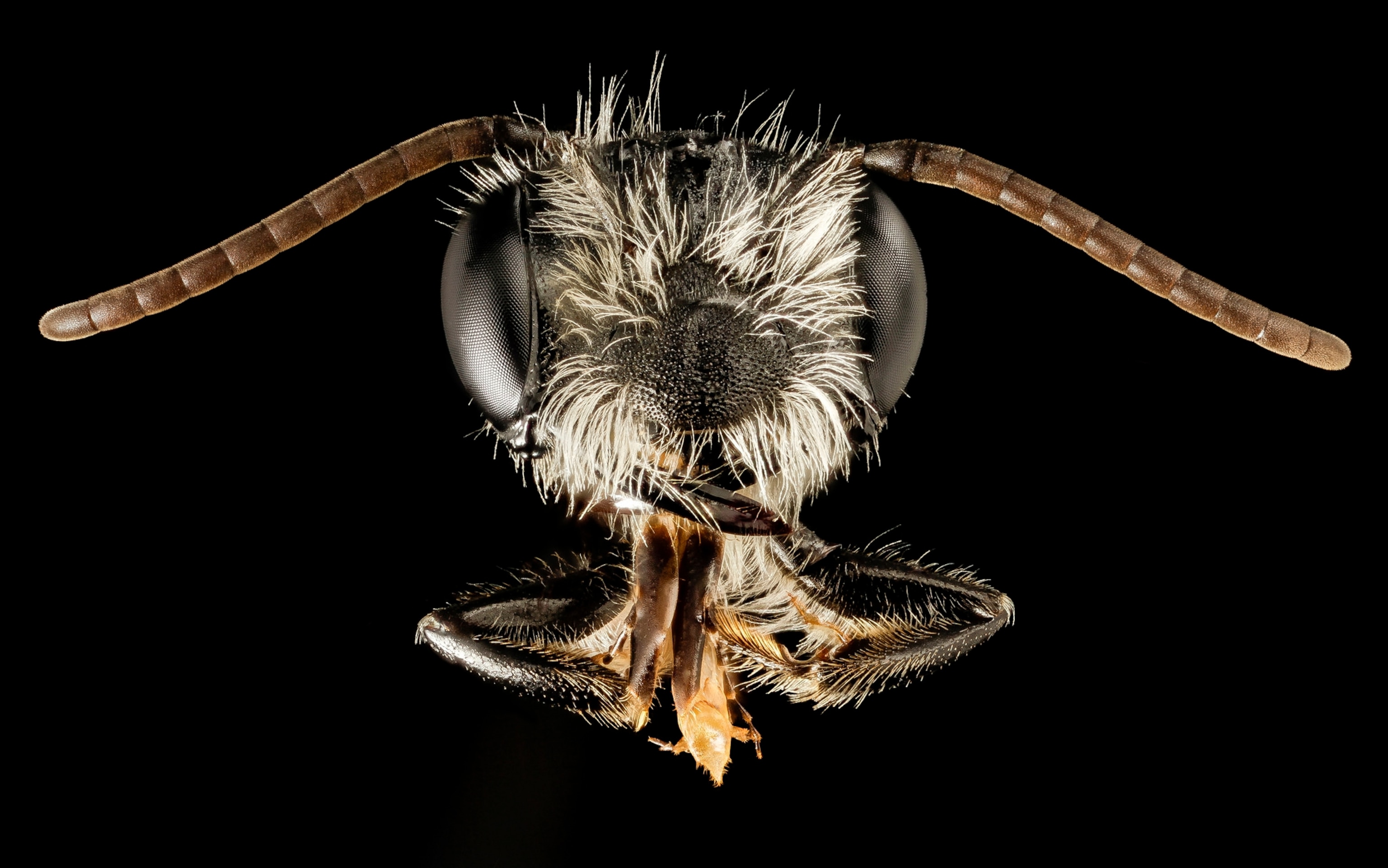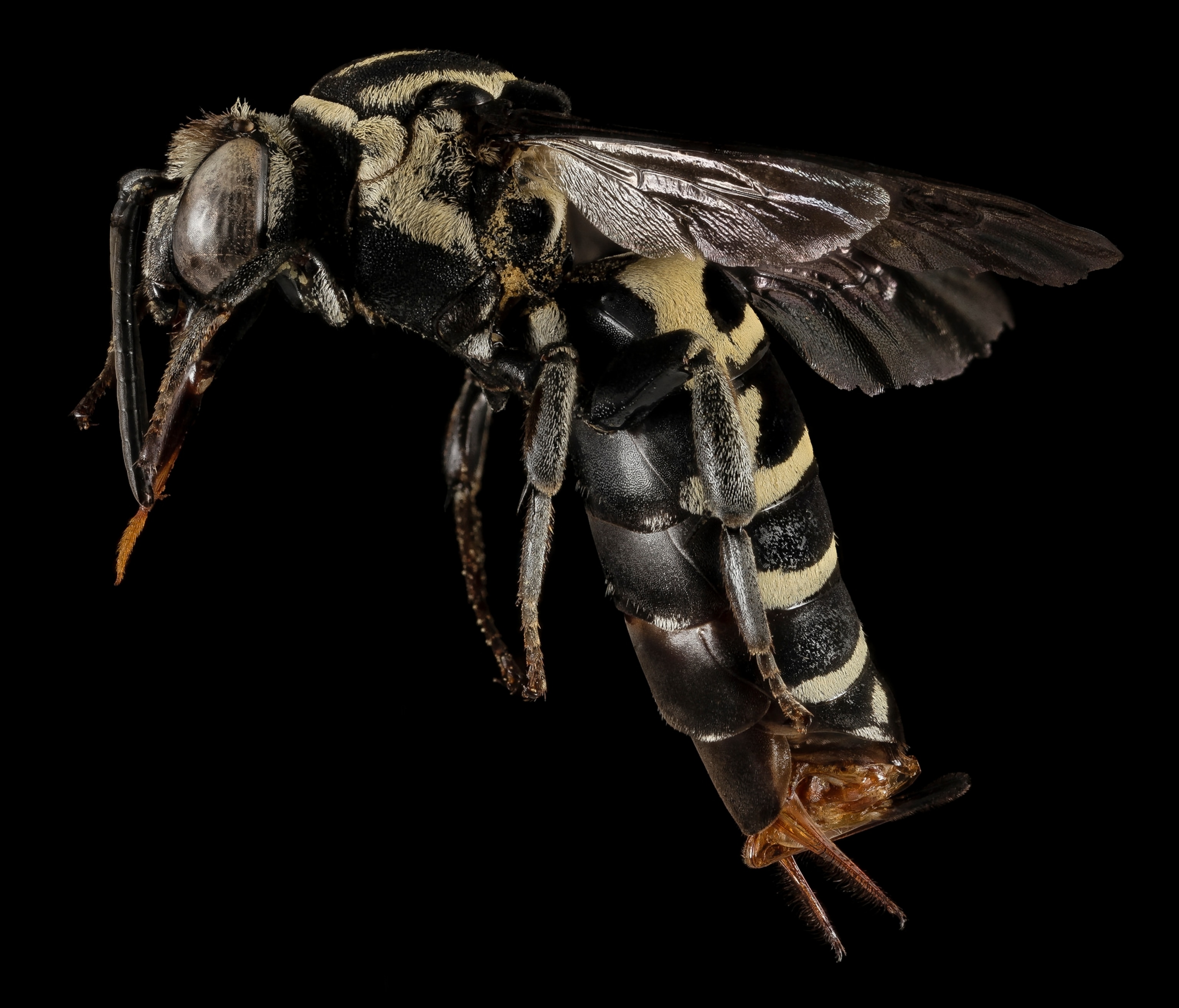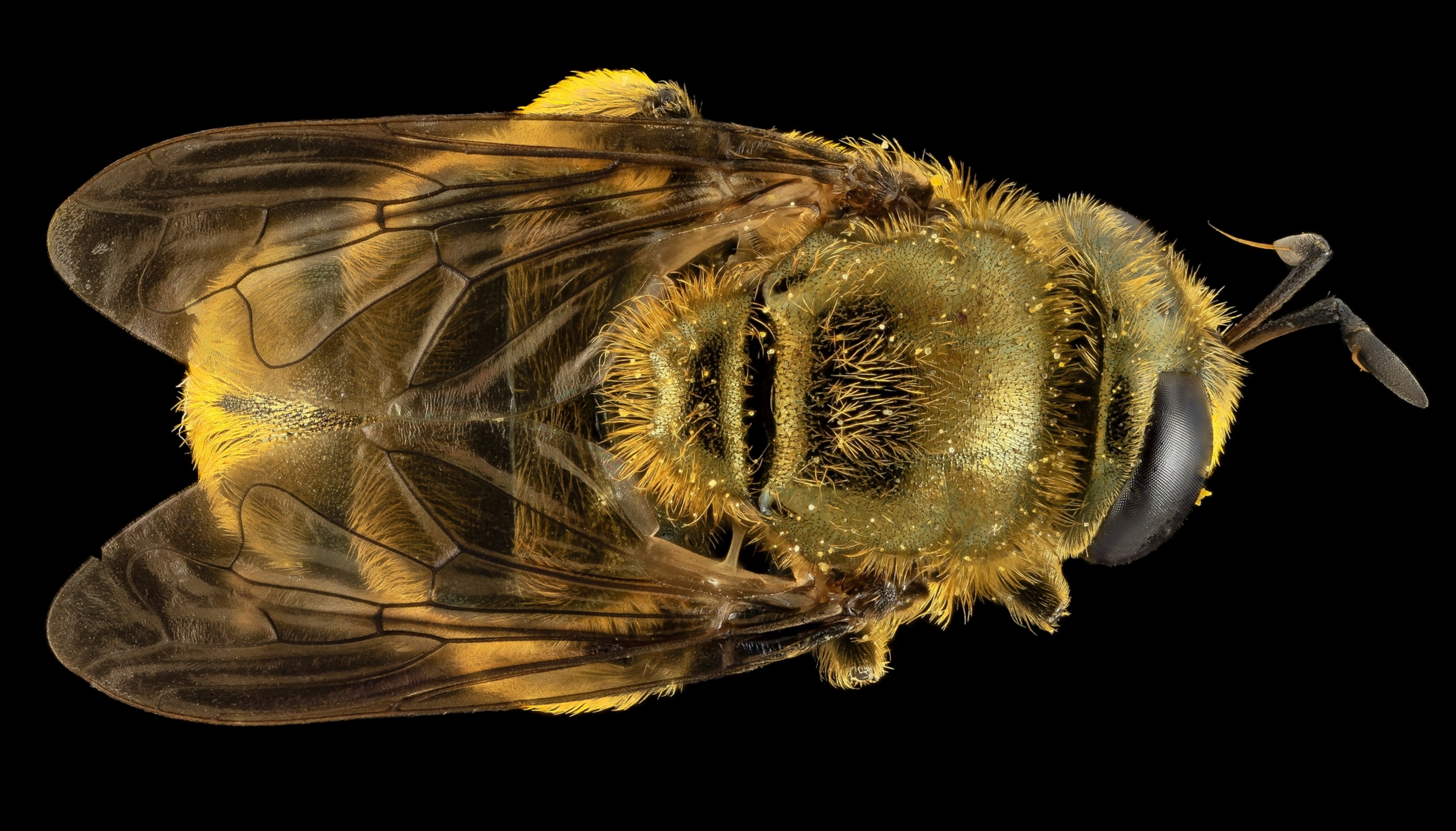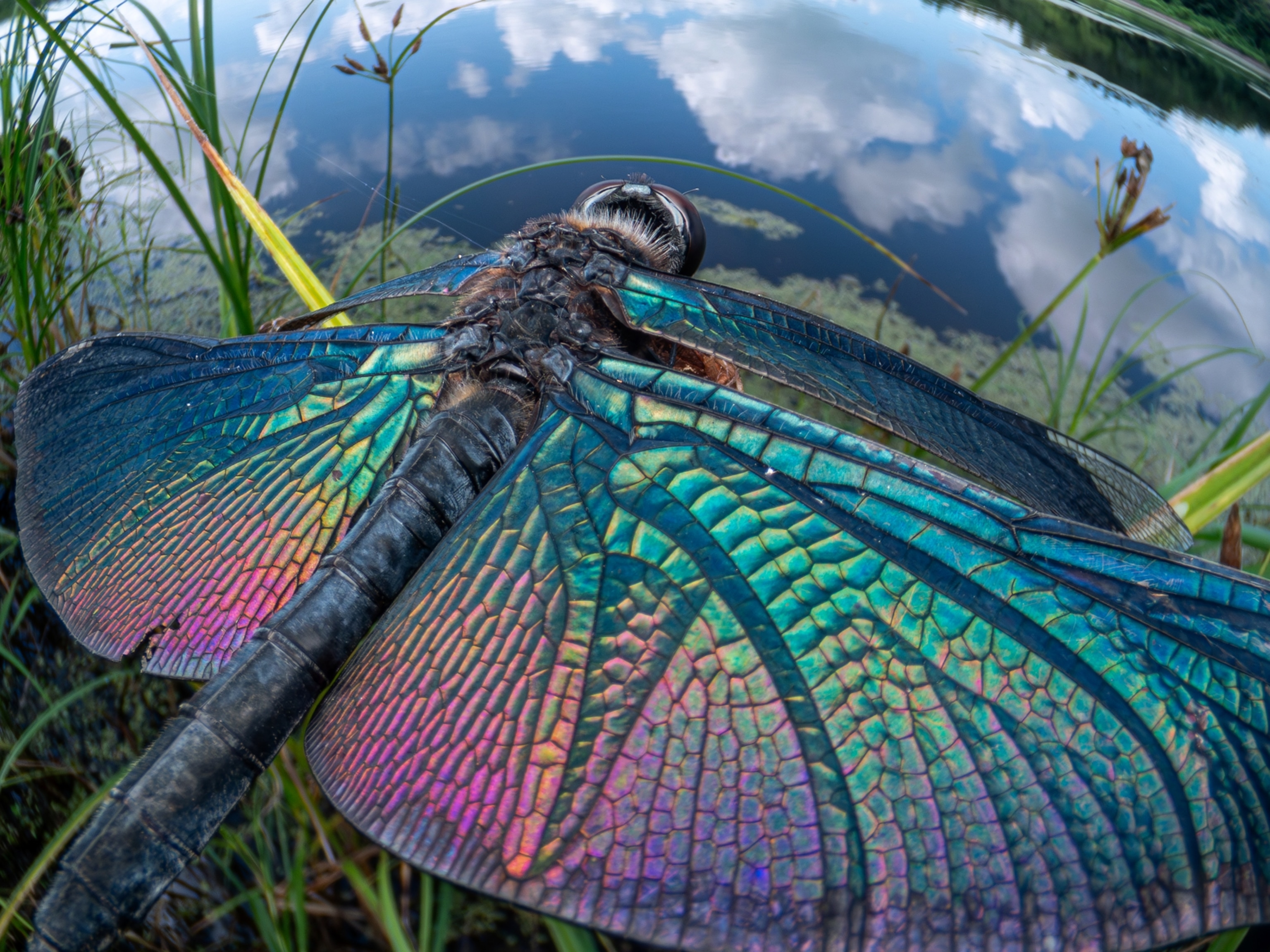7 Close-Up Pictures Reveal the Beauty of Bees
They pollinate our flowers and crops and pervade popular culture, but you've never seen bees like this before.
"Busy as a bee" isn't just a saying. When they aren't supplying us with honey or pollinating the flowers that brighten our days, these humble insects play an integral role in the billion-dollar agriculture industry.
Today's bees are getting hammered, though, by pesticides, habitat destruction, and diseases like colony collapse disorder. (Read about how honeybees are losing their way.)
Now the White House hopes to give beleaguered bees a boost, with the announcement on Tuesday of an initiative to conserve habitat and breeding grounds. What's more, Sam Droege, head of the bee inventory and monitoring program at the U.S. Geological Survey, and colleagues have been working since 2001 to catalog all the bee species in North America.
European honeybees get most of the media attention, but it's actually native bees that do most of the pollinating work in North America. And since many of these bee species are tiny and difficult to identify, Droege started a digital library of detailed images that he and his colleagues can refer to to recognize each species. (Take a look at some amazing, intimate portraits of bees.)
The researcher estimates that so far, he's cataloged less than a quarter of North America's 4,000 native species. The work is "not gonna be done any time soon," Droege says ruefully.
In the meantime, though, we can celebrate all that these hardworking insects do for us by flipping through seven of Droege's close-ups of beautiful bees.
Follow Jane J. Lee on Twitter.












